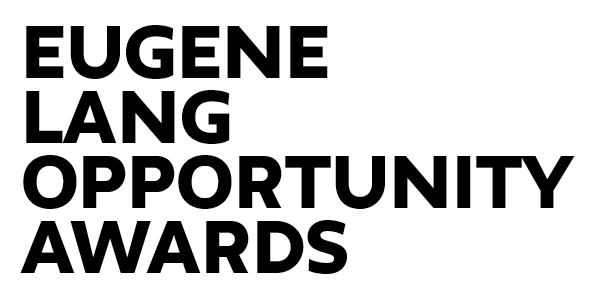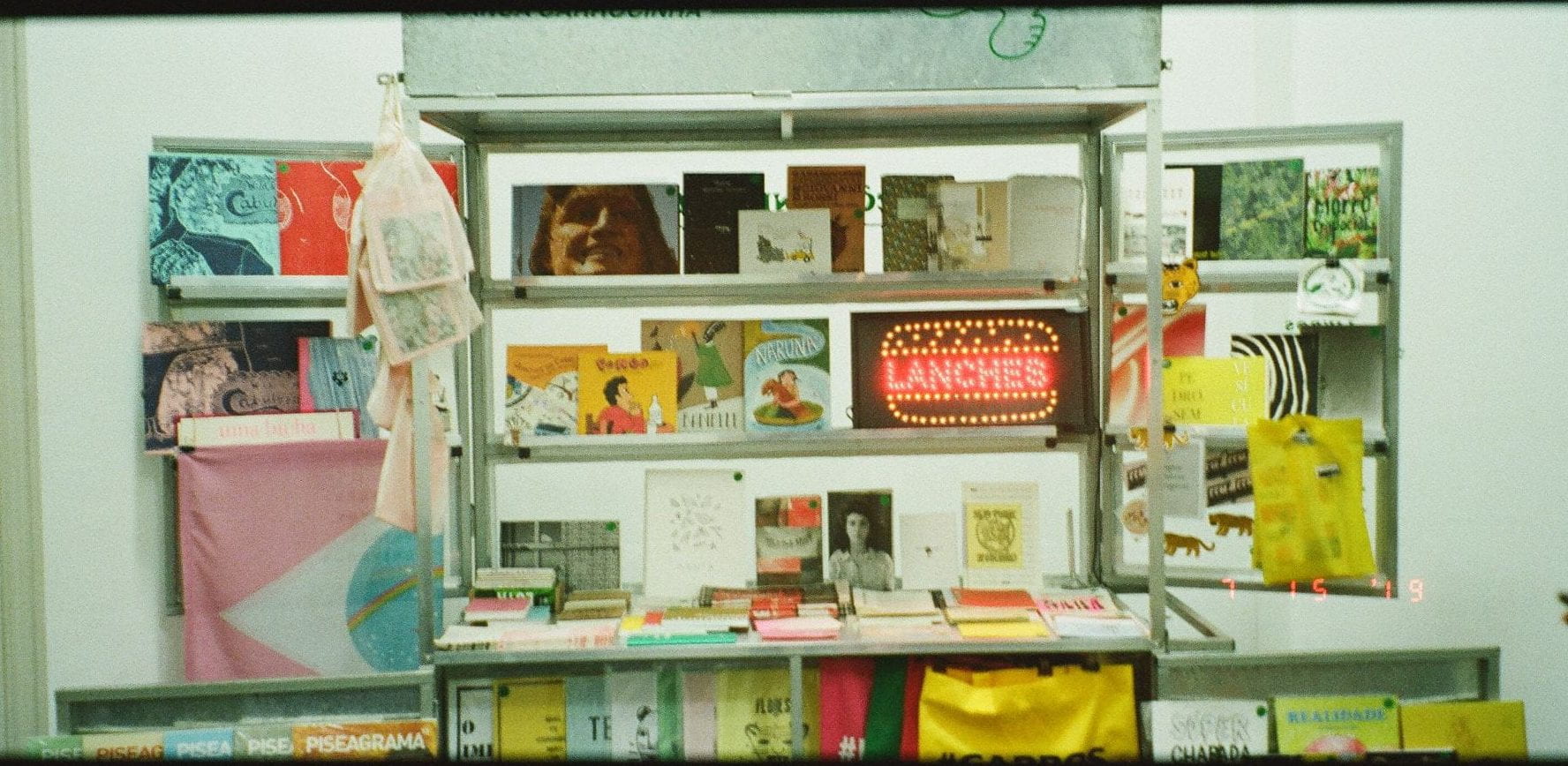The International Field Program (IFP) offers students a chance to do research at a site of choice for two months over the summer. I was a part of the Brazil IFP. This site is different from the others in the way that it is media based rather than policy based. Specifically, this site focuses on the role that media has in relation to the Human Rights movement in Brazil.
Our work was informed by the burning of the National Museum of Brazil in Rio De Janeiro that occurred on September 2, 2018. The fire destroyed over 200 years of research, history, and culture. In response to this tragedy we decided to document public places in Rio that evoked the cultural heritage that the museum represented. We documented and approached sites that were related to the rights to culture, heritage, beauty, memory, education, knowledge, and preservation. The places that we documented will be packaged on a website that includes a brief history of the burning, a description of each human right, and the site with its corresponding media.However, we are still in a prenatal stage of our work.
I am beyond grateful to have had the opportunity to travel to Brazil and get a glimpse at what doing work abroad looks like. I have many takeaways from this experience–some bad, some good, and some that float in-between. A thing that I have learned over the past 2 months of field-work is that the best way to create change is to start from a familiar place. In no way is this to discount the curiosity and spontaneity that travelling to a new country offers, instead it is to entertain the idea that the most powerful change happens when we work within the community that we are from and stand in solidarity and offer support to the community that we are not from. It is important to be critical of oneself when doing Human Rights work in another country. 
The freshness that we brought to Brazil was important, but it was also important to understand how this freshness affected the lives of those who live there. Some people that we approached had the desire and excitement to share their story while others did not, and that is the reality of this work. It was through watching the films that were screened for us by the NGO Cinema Nosso that we were confronted by the real human rights violations that are occuring. And as an outsider witnessing communities being targeted on the basis of sex, socioeconomics, identity, race, and ethnicity, I had moments in which I felt that the work that I was doing meant nothing. And on a microscopic level, our group faced issues with race, ethnicity, and ethics when it came to the work that we were doing and our interpersonal relationships. I mention this to highlight the fact that these issues are imbricated in all aspects of our lives.
This trip had moments of excitement and hope but it also had moments on the inverse. Towards the end of our time in Brazil, my classmate Teresa Ross Techella and I started working with an independent distributor, housed in the municipal art center Helio Oiticica, coined Banca Carrochina. We had many conversations with the two people who run this cart concerning the importance of their work and what it means to be an independent young artists in Rio. We also took part in documenting a week-long worksop that they organized besides two other independent collectives, Tijuana and Pisograma. This workshop was designed with the driving force of Independent publishing as a platform of urgency. The founders of Banca Carrochina acknowledge that independent publishing, as vital as it is, is only a start when it comes to breaking allegiance and causing a disturbance.


